The global impacts of the Irish potato famine
The Irish Potato Famine, often referred to as the Great Hunger, changed the course of history not just for Ireland, but for the entire world. It was a period of mass starvation, disease, and emigration in the mid-19th century, caused by a potato disease known as late blight.
This catastrophe led to significant global shifts, as millions of Irish people were displaced, and its repercussions can still be felt today in various facets of global society.
The Origins: A Brief Look at the Potato’s Journey to Ireland

Before the potato became synonymous with Irish history, it had a fascinating journey. The potato originated in the Andes mountains of South America and was introduced to Europe by Spanish explorers in the late 16th century.
About 20 years later, the potato found its way to Ireland, where it thrived in the country’s cool, damp climate. This hardy tuber quickly became a staple, providing a reliable food source for the Irish population.
A Closer Look: How the Potato Became Ireland’s Staple Crop

The potato’s rise to prominence in Ireland was due to its high yield and nutritional value. A small plot of land could produce enough potatoes to sustain a family.
By the early 1800s, the Irish population had grown heavily dependent on the potato, with many families relying on it as their primary food source. This reliance was a double-edged sword, as it meant that any threat to the potato crop could spell disaster for the nation.
Blight Strikes: The Beginning of the Irish Potato Famine

In 1845, disaster struck when Phytophthora infestans, a water mold, spread rapidly through Ireland’s potato crops. The blight caused the potatoes to rot in the ground, leading to widespread crop failures.
Over the next several years, the blight persisted, triggering one of the worst famines in history. The Irish population, heavily reliant on this single crop, was plunged into crisis as their primary food source disappeared.
The Immediate Aftermath: A Nation in Crisis

The immediate aftermath of the potato blight was devastating. An estimated one million people died from starvation and disease, while another million emigrated to escape the dire conditions.
The Irish economy, heavily reliant on agriculture, was left in ruins. This period of hardship also led to social unrest, as the population grappled with the harsh realities of their new circumstances and the inability (or from common Irish perspectives, lack of inclination) of the British government to provide adequate relief.
Mass Migration: The Irish Diaspora and Its Worldwide Influence
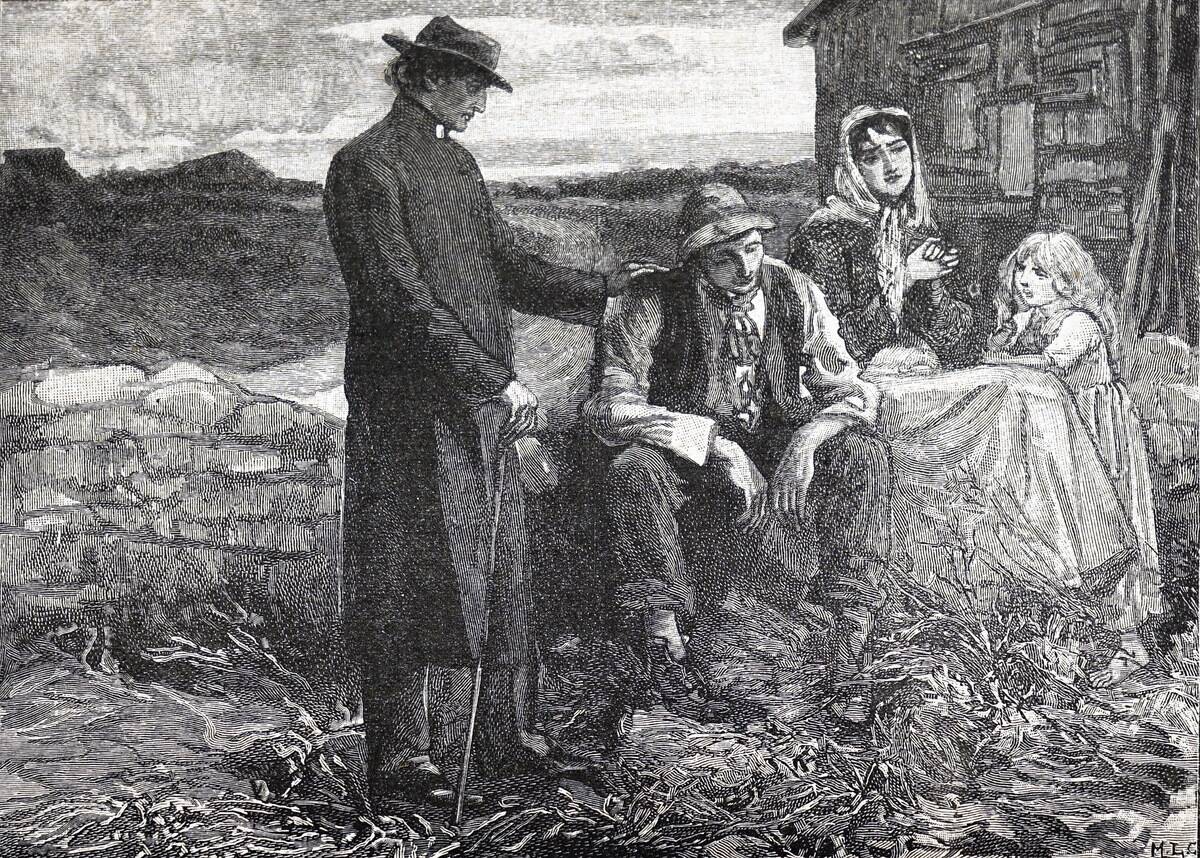
The Irish Potato Famine triggered a mass migration, with millions of Irish people leaving their homeland in search of better opportunities abroad. This diaspora had a profound effect on the countries they settled in, especially the United States, Canada, and Australia.
Irish immigrants brought with them their culture, traditions, and resilience, enriching the societies they joined and leaving a lasting legacy that continues to influence these nations today.
Cultural Exchange: How Irish Traditions Spread Globally

As the Irish spread across the globe, so too did their cultural traditions. Celebrations like St. Patrick’s Day, with its vibrant parades and festivities, became popular in many countries, symbolizing the widespread influence of Irish culture.
Additionally, the Irish brought their music, dance, and literature, which have become integral parts of global cultural heritage. This cultural exchange has helped to foster a greater appreciation and understanding of Irish heritage worldwide.
Shaping America: The Impact of Irish Immigrants on U.S. Society
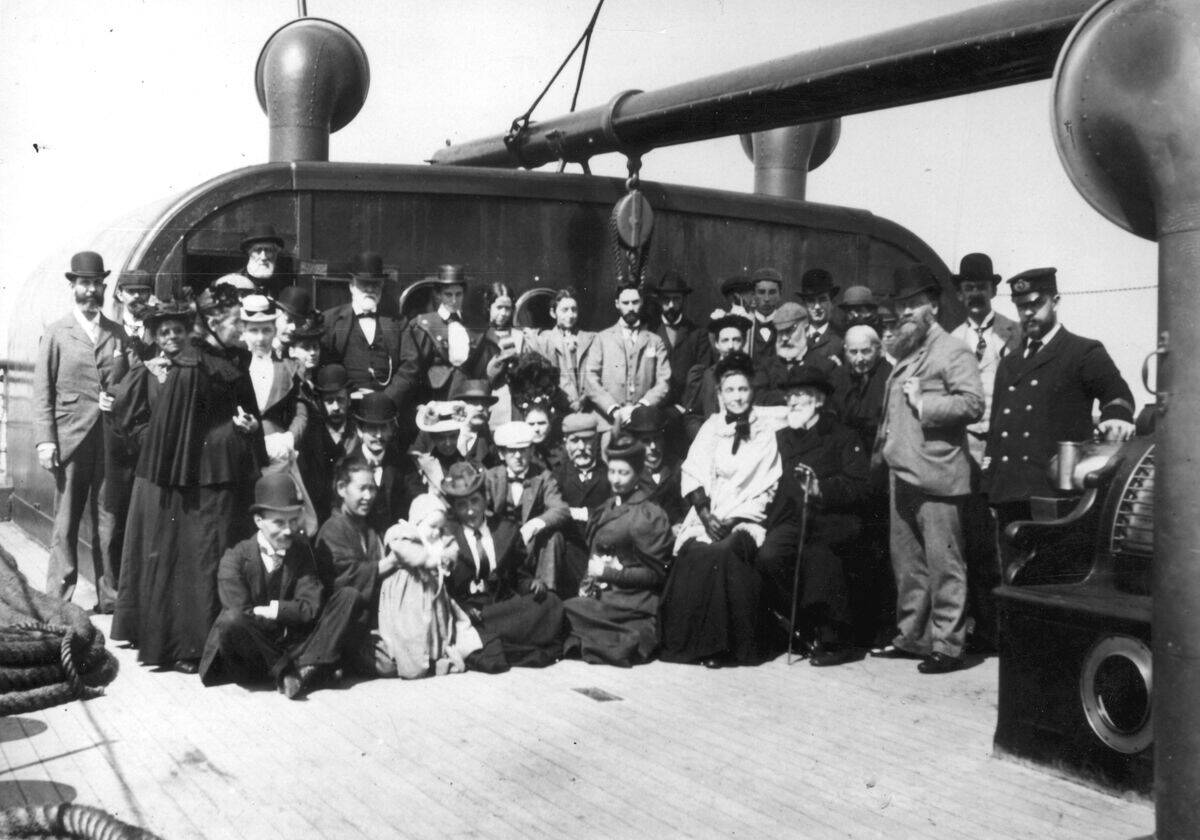
In the United States, Irish immigrants played a significant role in shaping the nation’s identity. They contributed to the labor force, particularly in the construction of railways and cities, and became influential in politics, with many Irish Americans holding prominent positions.
The Irish community also brought their spirit of resilience and community, helping to build a multicultural society that celebrated diversity and inclusion, setting the stage for future waves of immigration.
Beyond the Atlantic: Irish Influence in Canada and Australia

In Canada and Australia, the Irish had a similar impact, contributing to the development and cultural richness of these nations. In Canada, Irish immigrants played a key role in the construction of the Rideau Canal and the expansion of the Canadian Pacific Railway.
Meanwhile, in Australia, the Irish influenced the country’s political landscape, with many Irish Australians — such as the pictured Sir Charles Gavan Duffy — becoming prominent figures in politics and social reform movements.
The Famine’s Role in Global Agricultural Practices
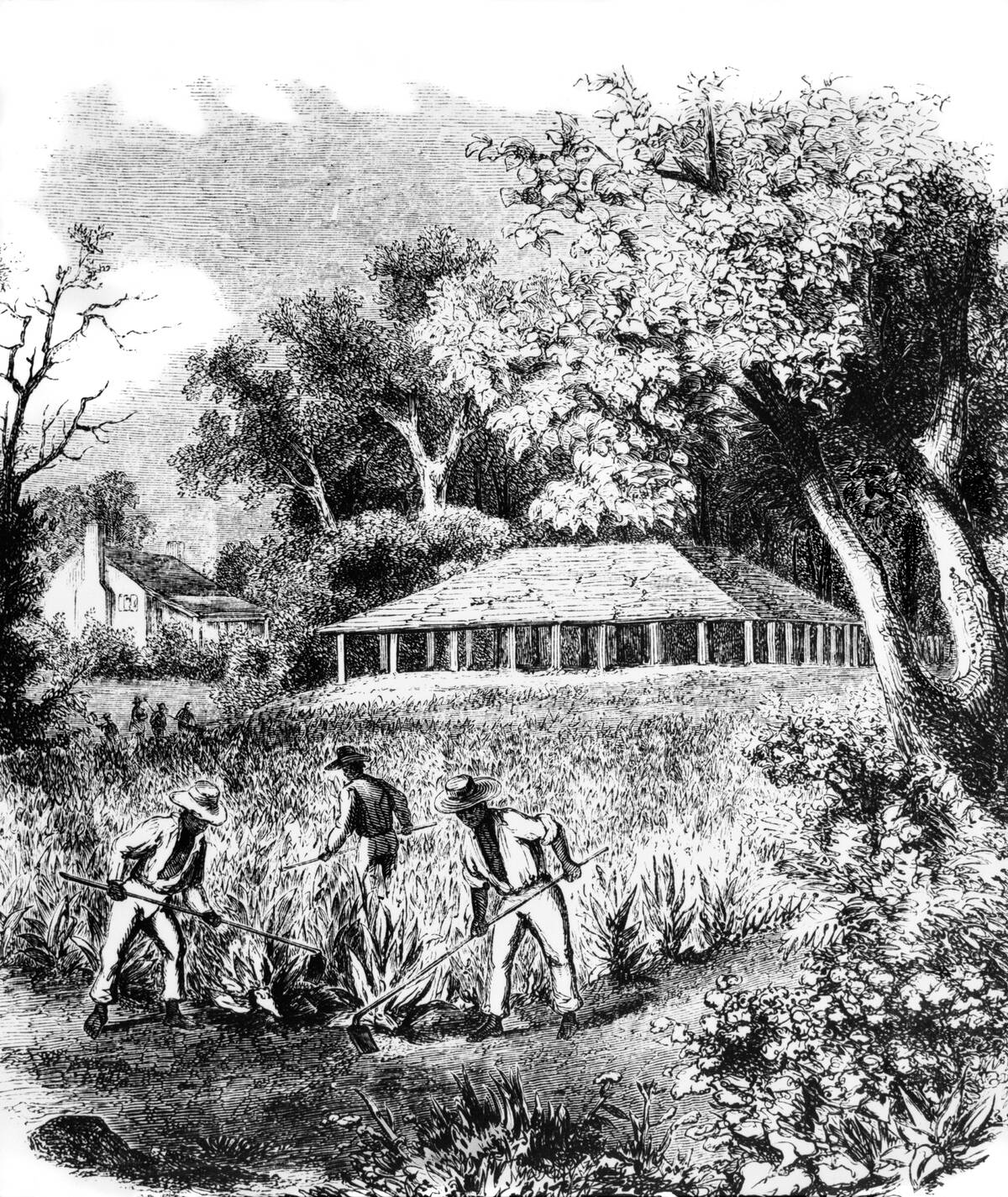
The Irish Potato Famine highlighted the dangers of monoculture, where reliance on a single crop can lead to catastrophic consequences. This realization prompted changes in agricultural practices worldwide, encouraging crop diversification to prevent similar disasters.
The famine also spurred scientific research into plant diseases and the development of more resilient crop varieties, laying the groundwork for modern agricultural practices aimed at ensuring global food security.
Literary Reflections: The Famine’s Influence on Global Literature

The famine left a deep impression on literature, inspiring works that captured the struggles and resilience of the Irish people. Writers like James Joyce and W.B. Yeats drew upon the themes of loss and survival in their works, providing a window into the human experience during this tumultuous period.
The famine’s legacy continues to influence global literature, with contemporary authors exploring its impact on Irish identity and the broader human condition.
A Catalyst for Change: The Famine’s Role in Irish Nationalism

The famine acted as a catalyst for Irish nationalism, fueling discontent with British rule and the perceived neglect of the Irish population. It ignited a sense of national identity and a desire for self-governance, setting the stage for future movements towards independence.
This period of awakening laid the groundwork for the eventual establishment of the Irish Free State in 1922, illustrating how adversity can galvanize a population towards political change.
The Famine’s Echo in Modern Times: Parallels with Contemporary Crises

The Irish Potato Famine serves as a poignant reminder of the vulnerabilities that still exist in global food systems. Contemporary crises, such as climate change, pandemics, and extended conflicts, echo the challenges faced during the famine, highlighting the need for resilient food security measures.
By learning from the past, nations can better prepare for and mitigate the impacts of similar events, ensuring that history does not repeat itself on a global scale.
A Global Memory: How the Famine is Commemorated Worldwide

Commemorations of the Irish Potato Famine are held around the world, serving as a reminder of the tragedy and the enduring spirit of the Irish people.
Monuments and memorials stand in places like New York, Sydney, and Dublin, honoring those who suffered and highlighting the global impact of the famine. These commemorations foster a sense of shared history and remind us of the resilience of the human spirit in the face of adversity.
The Famine’s Lingering Legacy: Continuing Impacts in Ireland Today

Although over a century has passed, the legacy of the Irish Potato Famine continues to influence Ireland today. The famine’s impact can be seen in the country’s demographic changes, cultural identity, and ongoing discussions about food security.
It remains a crucial part of Ireland’s history, shaping the nation’s narrative and serving as a reminder of the importance of resilience, adaptation, and the lessons learned from past hardships.
The Scientific Pursuit: Understanding and Preventing Future Blights

The devastation caused by the Irish Potato Famine spurred scientific inquiry into plant diseases and crop resilience. Researchers have since developed disease-resistant potato varieties and improved agricultural practices to prevent future blights.
Advances in genetic engineering and plant pathology continue to play a crucial role in safeguarding crops, ensuring that the lessons learned from the famine help to protect global food supplies for generations to come.
The Rise of Philanthropy: International Aid and Its Evolution
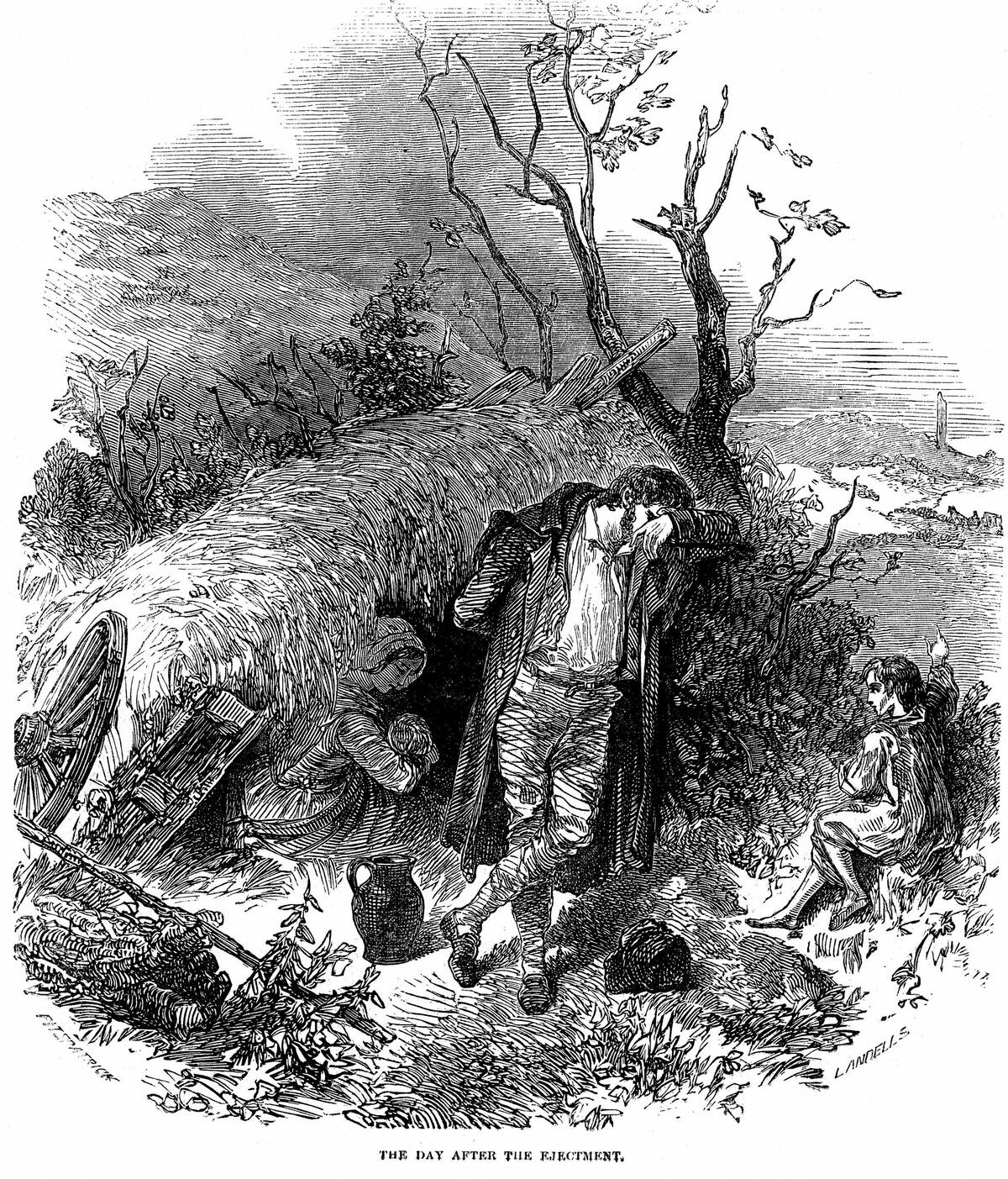
The Irish Potato Famine also marked a turning point in the realm of international aid and philanthropy. It was one of the first instances where aid was mobilized on a global scale, with donations pouring in from countries as far away as India and the United States.
This spirit of giving laid the foundation for modern humanitarian efforts and highlighted the power of global solidarity in times of crisis, influencing how aid is delivered today.
Lessons Learned: Changes in Global Food Security Policies
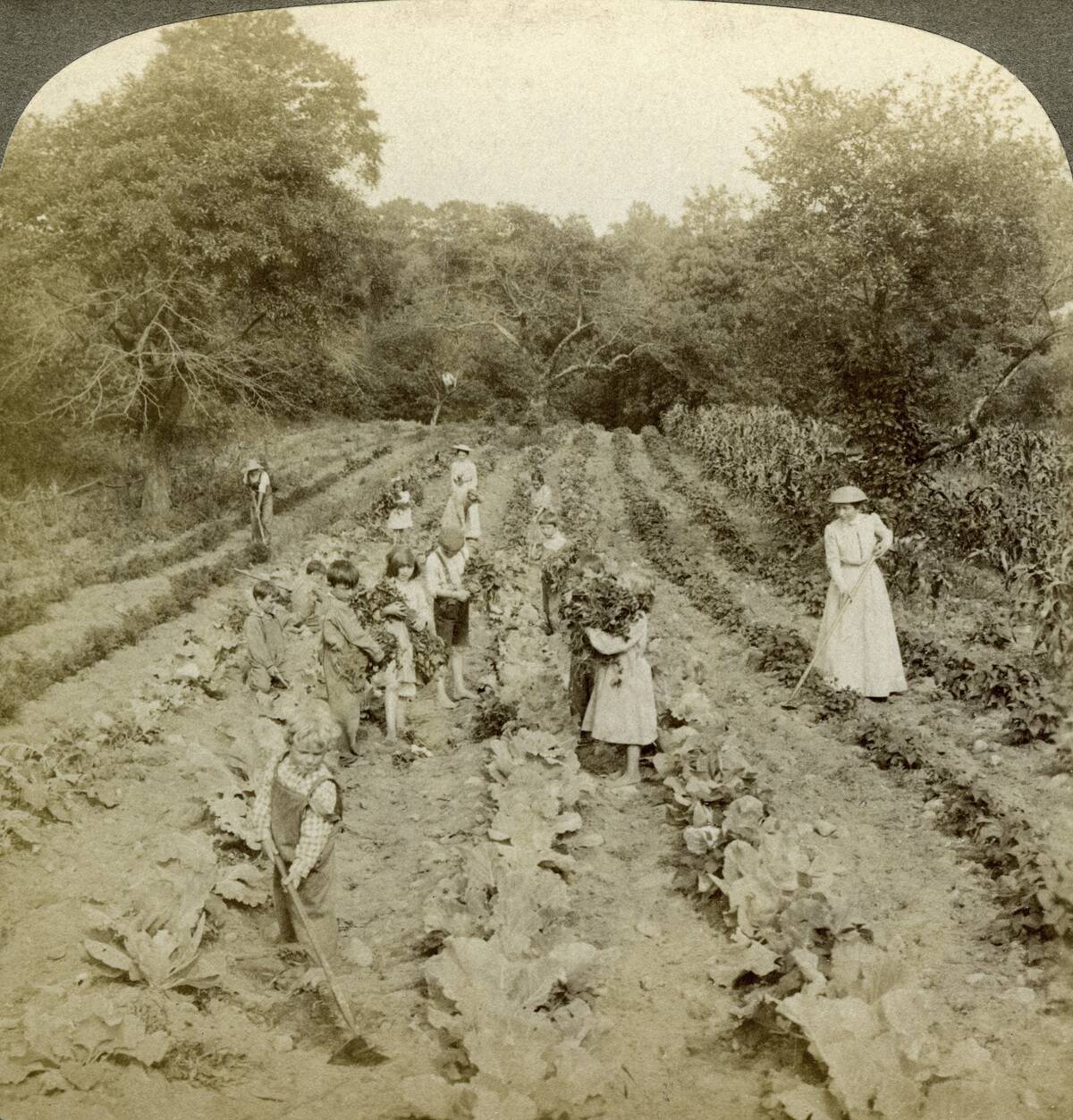
The famine underscored the importance of food security and the need for effective policies to prevent future crises. Governments around the world began to recognize the importance of having contingency plans and improving food distribution systems.
By the following century, this led to the development of international organizations focused on food security, such as the Food and Agriculture Organization (FAO), which works to combat hunger and improve nutrition globally.



